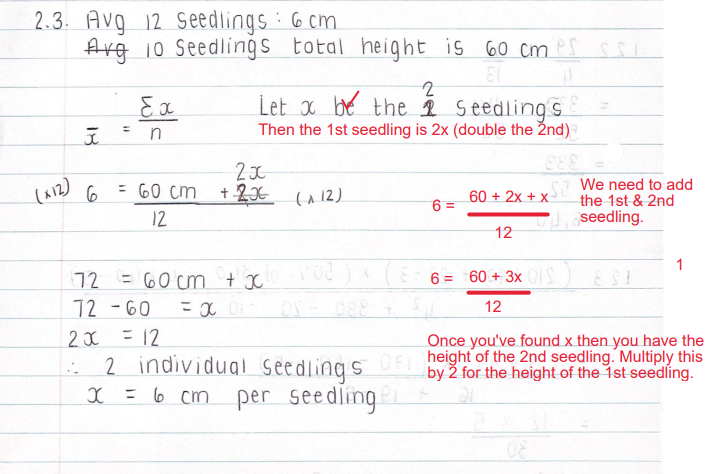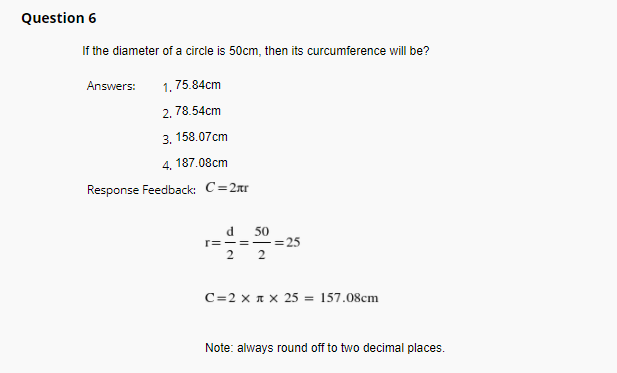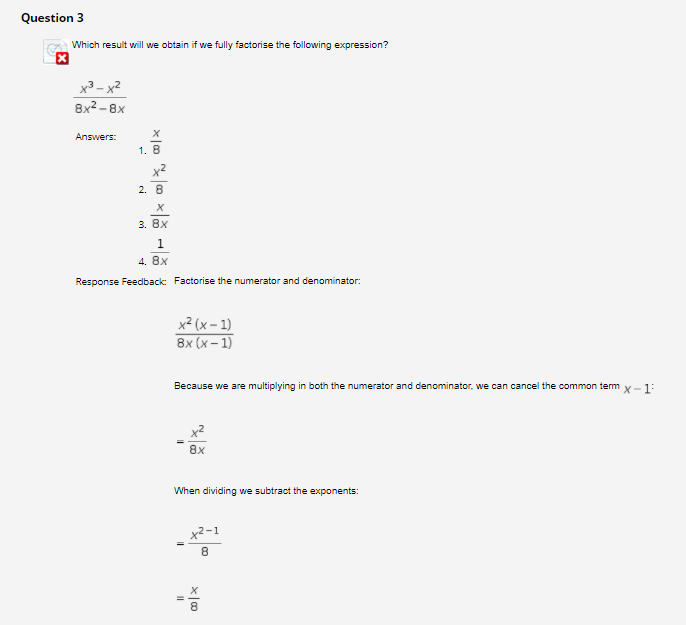Marking as a Developmental Practice
In my feedback, I try to address the difference between the expected and actual levels of performance in achieving an objective. I believe that feedback is most meaningful when it's given timeously and when it provides tangible and actionable information. I feel that feedback should result in an eager, engaged, and motivated learner - it should support positive self-esteem. Thus, my feedback is always positive and constructive.
General Formative Assessment Feedback
For formative assessments, I tend to note common mistakes as I am marking, and then provide detailed general feedback to the class as a whole in the form of a recording, voiceover PowerPoint, or during class. I try to put myself in my learners' shoes and ask "what would help me if I were a learner?" Furthermore, I always try to encourage improvements by showing my belief in their ability to improve.
Below is an example of a voiceover PowerPoint I created for an assignment.

Click here to View Assignment Feedback PowerPoint
I find that the most effective and valuable form of feedback is that which I provide during class (F2F or OL). I like to review selected questions in a Collab or lecture, eliciting the help of my students as we work through things together as a class. This way, students can learn from their peers who often explain things in a unique and relatable way. Students are also able to ask me questions and others can benefit from this. This also gives me a chance to emphasize really important points and gauge students' understanding of the feedback and where more revision is needed.
Personalised Formative Assessment Feedback
When I think a student will benefit from personalised feedback, I add it directly to the script. Below is an example of personalised feedback provided to students in a formative assessment.

ICE Task Feedback
I make use of auto-graded tests and quizzes extensively as they provide students with immediate results and feedback. I spend a great deal of time creating the feedback to ensure it's constructive and actionable. I break the question down and provide step-by-step methods for the students to follow. The aim is to provide a “road map” guiding students to the correct answer.
With my quizzes, I tend to allow multiple attempts so students can implement my feedback and try again. These quizzes are a great way to teach through feedback. They also give me insight into what students are struggling with so that I can tailor my lectures to the needs of my students.
Below are screenshots demonstrating the kind of detailed feedback that I provide in my quizzes.



Post a comment